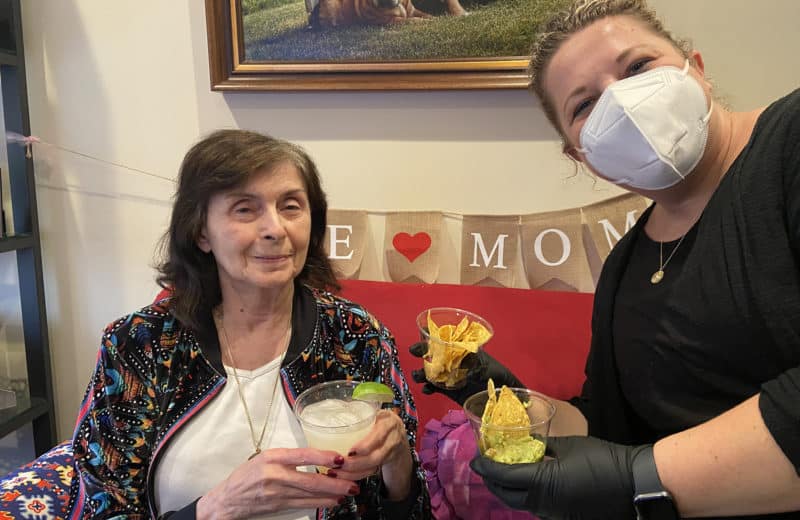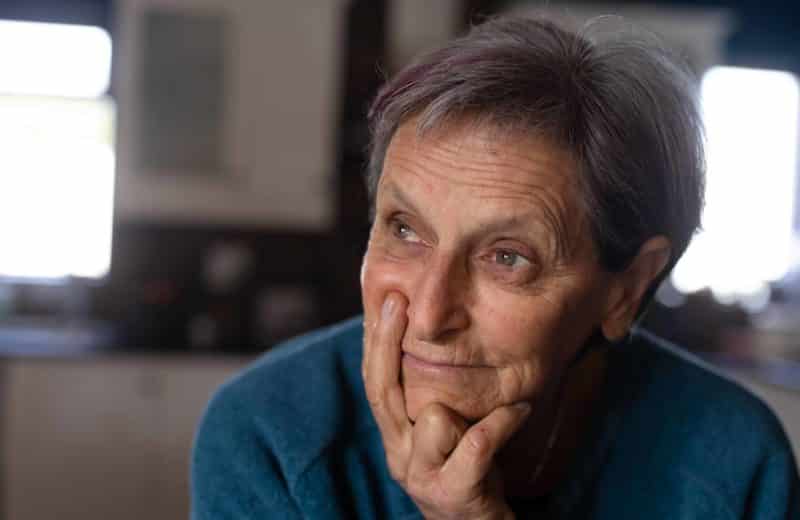Resident-centered care aims to meet the needs of individuals
What would you like to do today? It seems like such an easy question, and often the reply is taken for granted. But as we age, deteriorating health can affect our ability to live the life we choose.
If you are no longer able to live alone, and living with loved ones isn’t an option, it can be a struggle to live life on your own terms in a care facility.
Traditionally, moving into a facility such as a nursing home has meant succumbing to a system-generated way of life, essentially giving up everything that makes your life your own. Wake up at 7, breakfast at 7:30, soft foods for lunch at noon. No more privacy or comforting touches like pets and plants.
But times are changing and so is the elder care system, as traditional nursing home communities evolve to more person-centered care, with a focus on assisted, rather than regimented, living.
“There are small things that slip away [in a traditional setting] that are the substance of person-centered care,” says Jeanne Heid-Grubman, administrator with Village at Victory Lakes Franciscan Retirement Community and board member of The Pioneer Network, a national organization whose mission is to change the culture of aging in our society.
The Pioneer Network works with coalitions in 33 states, including Illinois, to assist organizations in the quest to ensure that older adults who live in nursing homes and assisted living facilities receive quality care as well as a voice—and a choice—as to how to live the rest of their lives.
“Traditionally, nursing homes were set up in a style of ‘We make the rules; you follow the rules,’ and now we’re focusing on the residents’ needs,” Heid-Grubman says.
While resident-centered care may seem like a newer approach to caring for seniors, Heather Easterling, regional director of memory care and programming at Sunrise Senior Living, which offers 18 care communities throughout Illinois, says her organization was founded nearly 35 years ago on this philosophy.
“Every spectrum of the aging process is catered to, including utilizing different [vocabulary] as part of resident-centered care,” Easterling explains.
Acts as simple as changing the term from “buildings” to “communities,” instituting flexible dining to give residents a choice in what they eat, allowing residents to have pets and giving residents the opportunity to enjoy their preferred sleep/wake cycle are all part of changing the culture of aging. Such simple modifications have the ability to make residents feel like they are at home instead of in an institution, says Natalie McFarland, RN, executive director of Terra Vista, an assisted living facility in Oakbrook Terrace.
Experts agree that a huge part of successful resident-centered care revolves around meeting and accommodating the needs of the resident as much as possible. The most important way to do that is to learn who the residents are and how they want to live.
“Looking at the life and personal history of the person [allows] for the care of the whole person,” McFarland says.
Keith Simon agrees. His mother, Margaret Simon, has been a resident of Sunrise Senior Living for almost seven years. “It’s the perfect fit for her style,” he says.
Simon says the homelike atmosphere, the scale and size (no more than 100 residents) and the community’s ability to adapt to his mother’s needs make it the right match for his mom.
“The structured activities and being able to keep and care for her cat gives her a sense of purpose,” Simon says. Plus, the team manages her medication, which means they know she takes it every day, something her son wasn’t always so sure about when she was living on her own.
These small things all add up to a life of meaning and a continued sense of control, he says.
Helping residents continue to do the things that bring meaning to their lives can help them thrive. Something as simple as accommodating a resident who sleeps in versus requiring them to make it to the dining hall for a 7:30 a.m. breakfast not only is good for the resident, it’s good for the caregivers as well.
Making the residents happier and honoring their choices can help caregivers avoid resistance and agitation, McFarland notes, especially for a resident with memory issues or dementia.
“Our jobs are not done until we help [residents] have purpose and meaning in the midst of the assisted living environment,” Easterling says.
Facilities that foster environments of autonomy and engagement believe that the old approach of nursing homes wasn’t working, and a change of culture was necessary. These communities aim to honor the richness of their residents. Says Easterling, “We don’t want to miss any elements of making each resident’s life the best it can be.”












